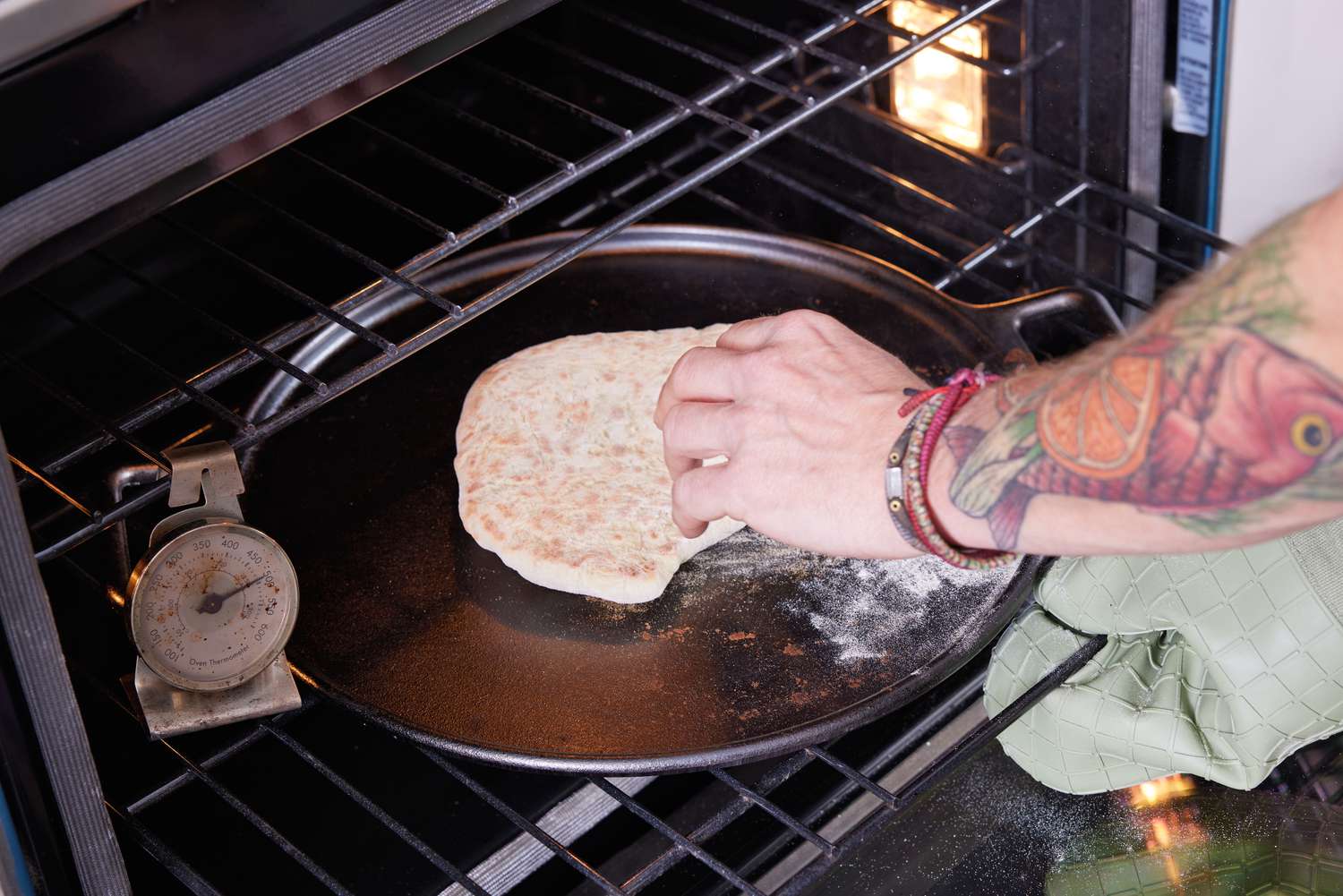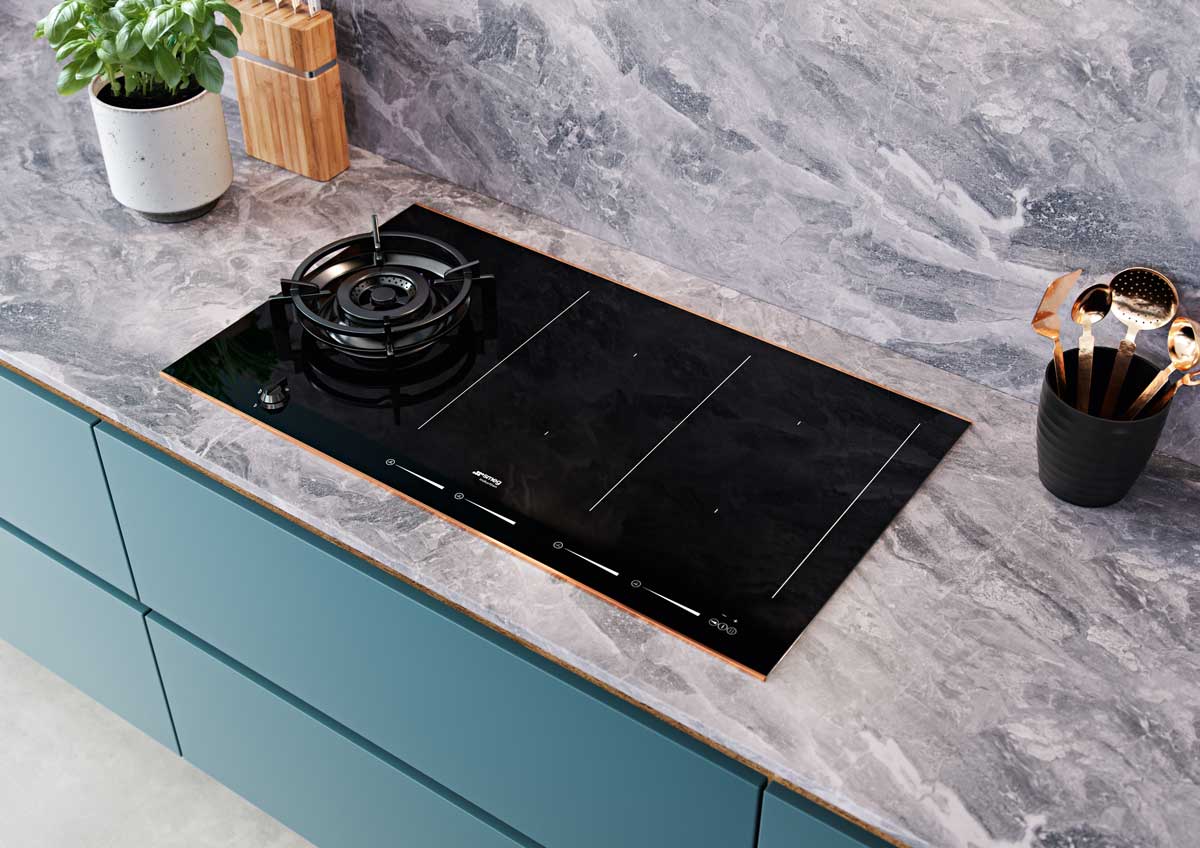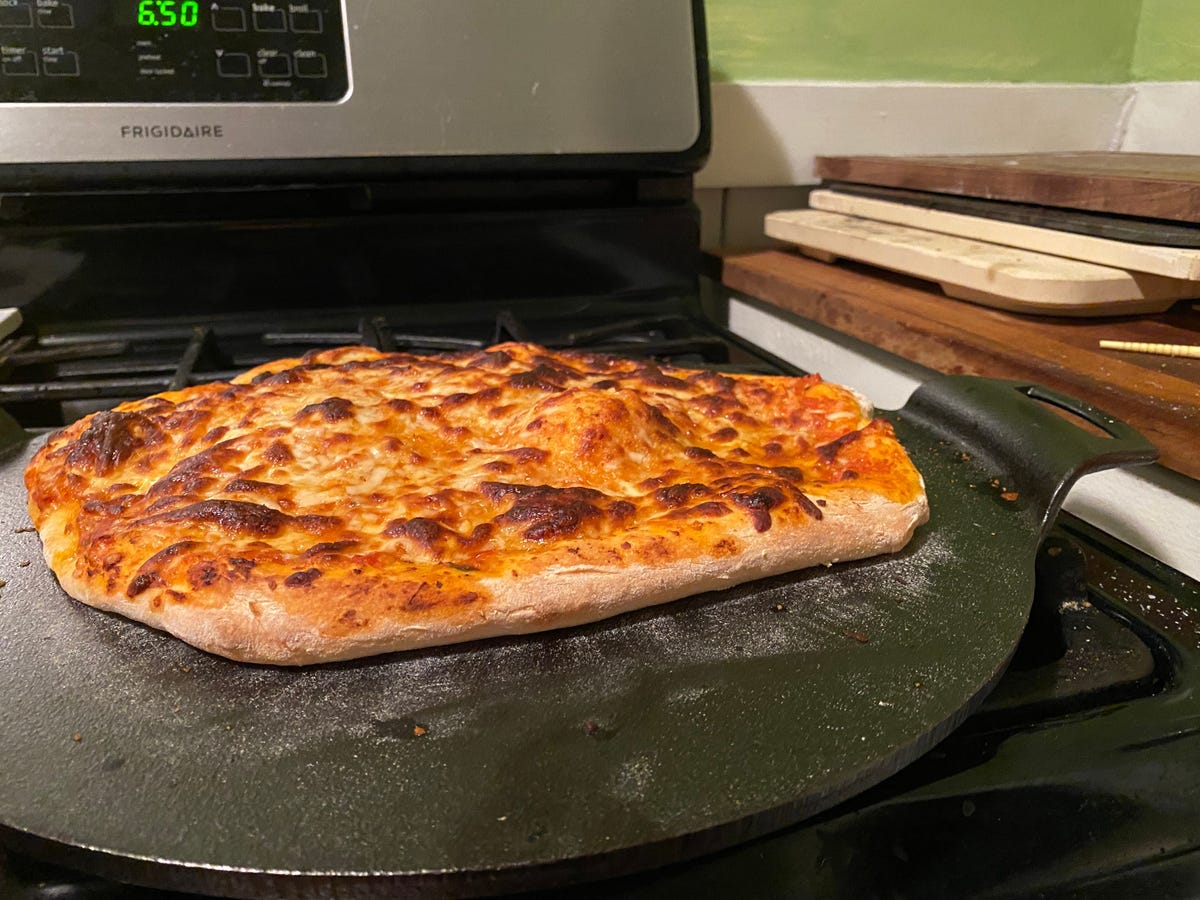When striving for perfect crusts and thoroughly cooked dishes, understanding how long to preheat baking stone becomes essential for kitchen professionals. The mastery of this technique can transform ordinary baking into an extraordinary culinary experience.
A baking stone, often referred to as a pizza stone, is a fundamental tool in any kitchen devoted to serious baking. Yet, the crucial question each professional asks is: how long to preheat baking stone before using it?
Understanding the Baking Stone
For those new to using a baking stone, it serves as a thermal mass. It evenly distributes heat and can maintain a consistent temperature throughout the baking process. This ensures that your bread, pizzas, and pastries cook uniformly and achieve the delightful crust that characterizes expertly-baked goods. For further insights, explore the differences between baking stone vs fire bricks.
Essential Preheat Times
The general consensus suggests preheating your baking stone for at least 45 minutes to an hour. This duration allows the stone to reach an optimal temperature, enabling it to begin its heat transfer to your dough from the moment it lands on the stones surface. The recommended preheat time, however, is not set in stonepun intended! Factors like the thickness of your stone and your specific ovens efficiency could necessitate adjustments.
Factors Influencing Preheat Duration
Stone Thickness
The thickness of your baking stone directly impacts how long you should preheat it. Thicker stones naturally take longer to heat thoroughly but offer superior heat retention. This means your meticulously prepared dough will benefit from a consistent baking temperature.
Oven Type
The type of oven can influence preheat time. Conventional ovens might take longer compared to convection ovens with fans that circulate hot air, potentially reducing preheat time. Adjust according to your oven's capabilities and the instructions from the manufacturer.
Learn how different oven settings might affect your stones efficiency here.
Temperature Testing Techniques
Testing whether your baking stone has reached its ideal temperature is clever and straightforward. You can use an infrared thermometer to measure the surface temperature of your stone before placing your dough. Aim for a temperature in the range of 500-550F, especially for pizzas, to get that signature crust.
Beyond Bread
A baking stone is not just for pizzas or bread. There are myriad ways to utilize this versatile tool. You can achieve perfectly roasted vegetables or even bake a delightful batch of cookies. For more ideas on how you can bring out the best of your baking stone, this guide might prove invaluable.
Conclusion: Perfecting Your Culinary Crafts
Understanding how long to preheat baking stone can distinctly elevate the quality of your dishes. Kitchen professionals seeking precision and quality output in their baked goods will appreciate the profound impact of a well-preheated stone. Your journey toward achieving exemplary baked products starts with this crucial step.

FAQs
-
Why is preheating a baking stone important?
The unique heat retention and distribution properties of a warmed stone ensure evenly cooked crusts and prevent soggy bottoms. -
Can I use any type of oven with a baking stone?
Yes, though preheat times may vary. It is essential to understand how your particular oven operates to adjust accordingly. -
Are there alternatives to a baking stone?
Yes, options include baking steels and fire bricks, each with unique characteristics. For a detailed comparison, check out this resource.
By judiciously applying the insights from this article, kitchen professionals are poised to elevate their baking approach, shaping each bread loaf or pizza crust to perfection.
This article contains affiliate links. We may earn a commission at no extra cost to you.






Leave a comment
This site is protected by hCaptcha and the hCaptcha Privacy Policy and Terms of Service apply.